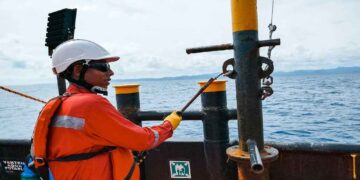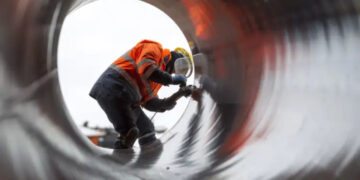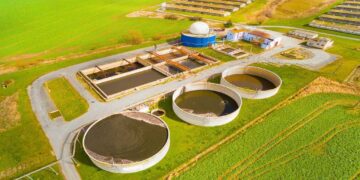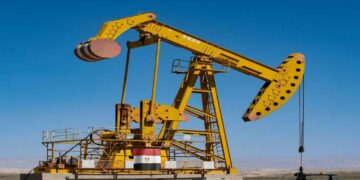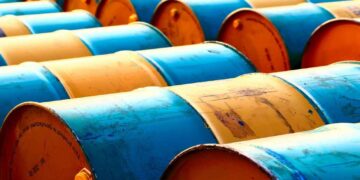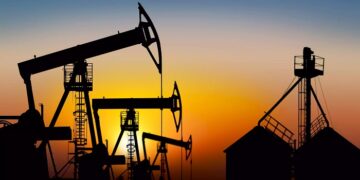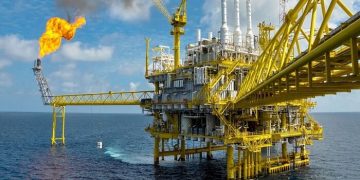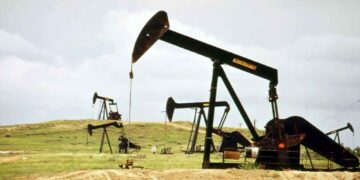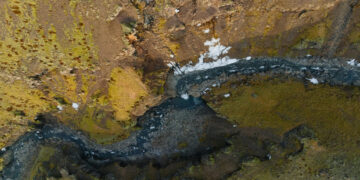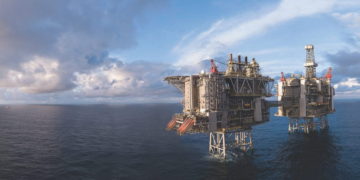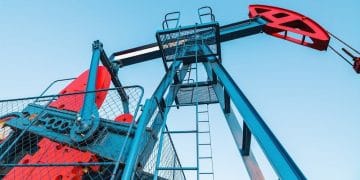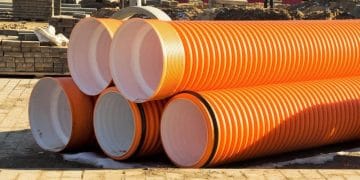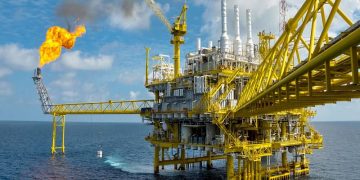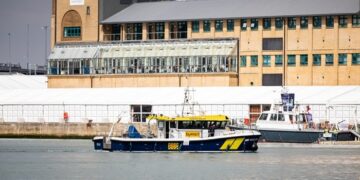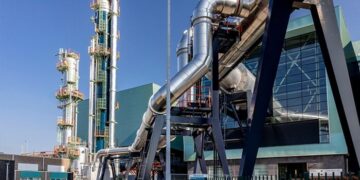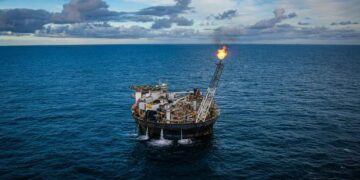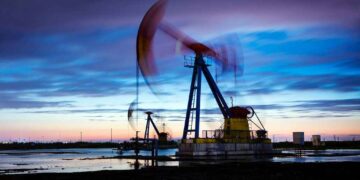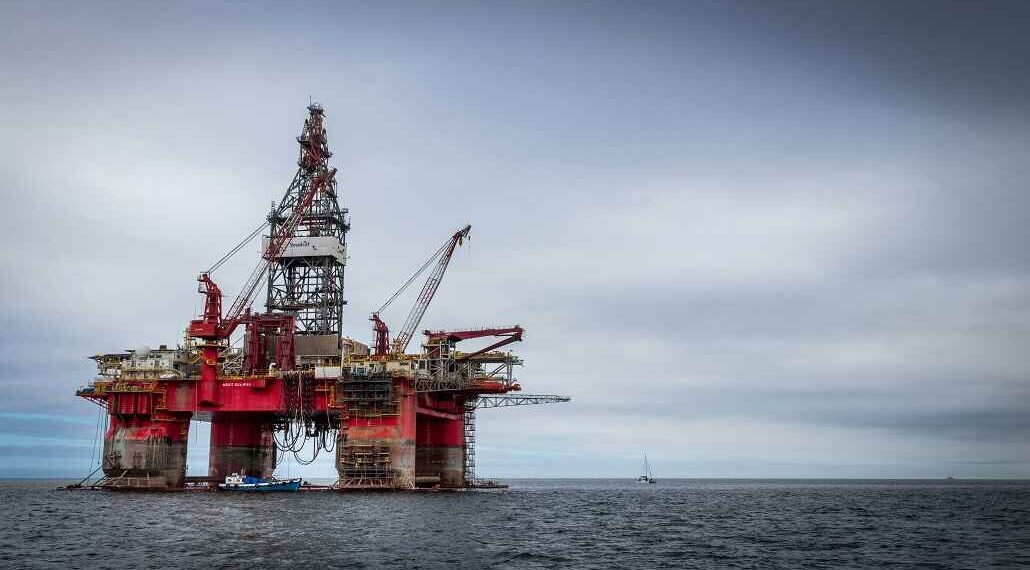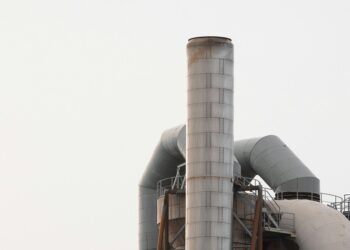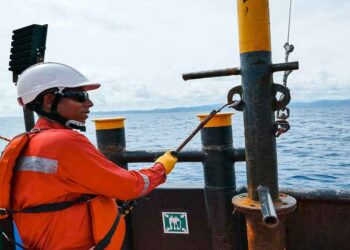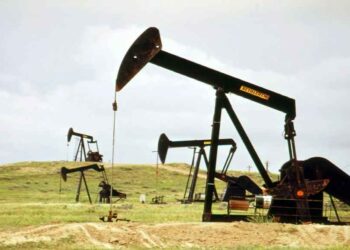The Future of Offshore Drilling: Innovations Driving Efficiency and Sustainability in Upstream Operations
Offshore drilling is only one piece of a fascinating evolution in the energy world, as the industry evolves to meet growing energy demand around the world and rising environmental pressures. Long deemed one of the most complex and cost-prohibitive sectors of the oil and gas industry, offshore drilling now is buoyed by technology and operational transformations like never before. These advances are not only cutting costs and boosting productivity, but they are also paving the way for a more sustainable future in upstream operations.
Evolving Role of Offshore Drilling in Global Energy
Offshore drilling has been a pillar of the global energy system for decades, and deepwater reserves contribute plenty of the world’s oil and gas. According to the U.S. Energy Information Administration (EIA), offshore operations comprise about 30% of global oil production. With onshore reserves quickly declining, reliance on offshore fields, in particular in ultra-deepwater and harsh environments, is growing.
Recent investments by oil and gas behemoths reflect a revival of offshore exploration. The Gulf of Mexico, North Sea and West Africa are being targeted with increased activity, turning to new frontiers like the Guyana-Suriname Basin and Brazil’s pre-salt layers to offer massive reserves. Yet tapping these reserves poses immense challenges — from deep water and high-pressure reservoirs to complex geologic formations. The industry responded to challenges with creative solutions.
Technological Advancements Reshaping Offshore Drilling
Among the significant improvements to offshore drilling, automation and artificial intelligence (AI) techniques are the most discussed. These technologies engage operational workflows and drive the monitoring moving with real-time to predictive maintenance and enhanced decision-making. Robotic and AI-driven solutions for drilling can be implemented on automated drilling rigs that interpret sub-surface conditions more precisely than previously thought possible, therefore reducing human error and providing enhanced drilling efficiency.
Digital twins are a major new technology behind it, and they’re changing offshore operations as well. These digital twins of physical drilling assets provide operators with a comprehensive view of streaming performance, and enable them to simulate scenarios, predict faults and optimize output. The result is improved safety, reduced downtime and significant cost savings, which are particularly timely in the capital-intensive offshore drilling arena.
The other solution involves better drilling technology for deeper, harsher surroundings. The new generation of drill ships and semi-submersible rigs are equipped with advanced dynamic positioning systems that can hold a station in heavy seas. These rigs are also outfitted with high-specification blowout preventers and other advanced pressure control systems, addressing one of the industry’s stickiest safety problems.
So, significance of seabed condition assessment and seabed mapping increasing need trough the seabed inspection of subsea robotics, remotely operated vehicles (ROV) which will enhance the offshore exploration and production. These lighter weight and less invasive autonomous systems are subsequently used for inspection and maintenance of underwater infrastructure, deepwater surveys, and precision work in locations considered too hazardous for human divers. With manual intervention removed these technologies greatly improve safety and efficiency.
Efficiency Gains Through Data Analytics and Artificial Intelligence
Big Data Analytics in Offshore Drilling The growing trend is the use of AI to analyse huge volumes of data such as drilling logs, seismic surveys, production metrics being created by offshore rigs on a daily basis. Data-driven techniques enable operators to identify areas of inefficiency, optimize drilling parameters and even predict potential failures of equipment long before they actually occur.
Another game-changer is transmitting data from an offshore rig in real time to an onshore control center. Not only does this facilitate cost savings in terms of personnel dispatch, but it also guarantees that a consistently high standard of sound operational-based decision making can be maintained. This can make great impact since some takes apace are used to dealing with and coordinating for several fashion suppliers and this trend shift up things towards establishing digitization to not only improve efficiencies but also improve collaboration between multisource teams.
According to recent research, by McKinsey & Company, the data-driven technique of offshore drilling will lead to a 20% cost reduction and increase production efficiency by 10–15%. That savings is all the more vital as the industry wrestles with unpredictable oil prices and a burgeoning competitive assault from renewable energy.
Sustainability at the Core of Upstream Innovations
Forget about efficiency gains; the offshore drilling industry is under tremendous pressure to adopt sustainable practices, too. This latest decarbonization and net-zero 2050 push comes of course with new industry hurdles, hitting the tide of oil and gas companies that have effectively staked their territorial claims under the ocean.
Carbon capture and storage (CCS) technology is becoming an integral tool for reduction of the impact on the environment in offshore drilling. CCS is the trapping of carbon dioxide emissions produced by drilling operations and the geo-storing of the gas under the seabed. There are examples like the Sleipner CO2 Storage Facility in the North Sea of how CCS can mitigate climate impact while production is ongoing.
Using renewable energy sources to power offshore rigs is also a crucial part of sustainability. Ambient temperature and variable environment also… If you sign up, you will receive my free, daily email with more from The Times about the economy, finance and the world of business. The systems cut greenhouse gas emissions and inputs but also, by saving on fuel, lower operational costs.
All this is besides the major effect of innovations in flaring reduction technology. By capturing and utilizing associated gas that is now flared, offshore operators can reduce emissions, while establishing additional revenue streams. It complements the World Bank’s Zero Routine Flaring by 2030 initiative, widely supported in the sector.
The Economic Impact of Offshore Innovation
Technological innovations have profound economic implications for the offshore drilling industry. Revolutionizing deepwater exploration sector through a low-price environment by increasing efficiency, lowering cost and making it more economically viable. Per Wood Mackenzie, drilling efficiency gains have lowered breakeven costs for deepwater projects by 30-40% over the past 10 years and positioned these assets to compete favorably with onshore shale production.
Additionally, increased attention to sustainability and environmental stewardship is assisting oil and gas companies in meeting investor expectations and regulatory requirements. With environmental, social, and governance (ESG) issues increasingly at the forefront of investment decision-making, offshore operators demonstrating a commitment to sustainability will find themselves in a better position to secure capital.
Challenges Ahead and the Road to 2050
Though within these leaps of progress in offshore drilling, Future of offshore drilling is not barren of challenges. But there are still big hurdles, including regulatory scrub, geopolitical risk and oil prices that can be volatile. Additionally, the industry faces public perception issues, as well as worries over environmental degradation, particularly in the aftermath of high-profile incidents like the Deepwater Horizon oil spill.
And so much of this can only flow from industry innovation, partnership and investment. Oil and gas companies, technology providers and governments will collaborate on research and development initiatives and this will extend to transparency and accountability, which are going to be essential in building trust amongst the public and demonstrating the trade’s commitment to sustainability.
Conclusion
Offshore drilling, looking forward: where efficiency meets sustainability and resilience with climate urgency, they can play a critical role in addressing global energy needs, in conjunction with technology and environmental stewardship.
This is a fantastic opportunity to transform the future of offshore drilling into a beacon of innovation and sustainability as we look toward 2050. It is also a driving force of innovation and progress in the energy sector, ready to tackle the challenges and opportunities of the energy transition.


